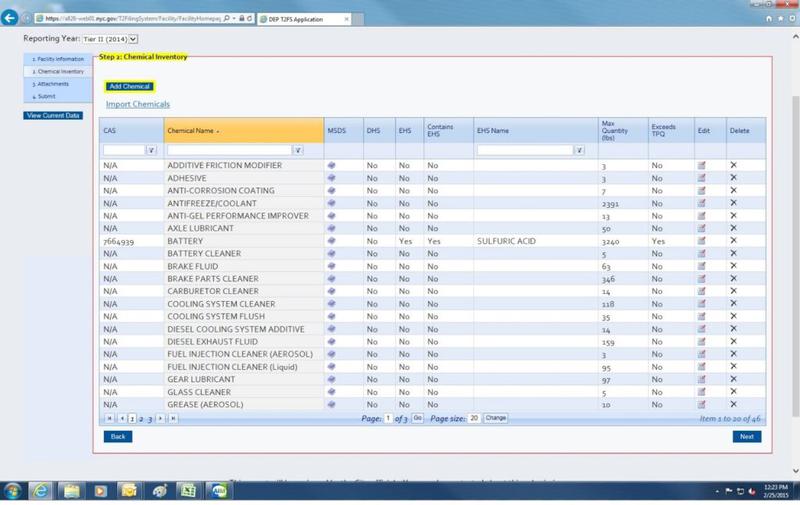Why Having Updated Safety Data Sheets plays an Important Role in Environmental Health and Safety in the Work Place
Handwritten or printed materials concerning the potential hazards of chemicals have been used as a tool in the workplace to protect the health and safety of “downstream” users of the chemicals, communicating specific precautions to be taken based on their composition.
Prior to 2012, these documents were referred to as Material Safety Data Sheets (MSDSs), and they often lacked uniformity and sometimes important information. In 2012, the United States Occupational Safety and Health Administration (OSHA) revised its Hazard Communication Standard (HCS) so that it aligned with the Globally Harmonized System (GHS). At that time, MSDSs were standardized and renamed Safety Data Sheets (SDSs).

Having Updated SDSs is Required in Accord with OSHA Rules
Under OSHA’s HCS, chemical manufacturers and/or importers must take the time to research and analyze the potential hazards of their chemical products and prepare SDSs. The SDSs must then be passed on to users for their safety with respect to these chemicals.
SDSs are Required for a Hazard Communication Plan and Used in Worker Training
Although the responsibility of preparing the SDSs falls on the chemical manufacturer, ultimately the employer is responsible for ensuring that hazards are properly communicated. Workers who have the potential to be exposed to chemicals must receive training in order to ensure safe handling, including being familiar with SDSs and where they are filed in the work place.
SDSs following the Current Standardized Format are More Useful
Non-standardized MSDSs have been required to be replaced with Safety Data Sheets (SDSs), which must always contain sixteen standardized sections. These sections reference the chemical hazards including the potential physical and environmental effects of exposure and guidance for safe handling, storage and transport of said chemical. These sections are required to be the same for each chemical, which makes information on any chemical easier to find, particularly in an emergency, if you are familiar with the format.
If You Have Facility in NYC, You Need to Provide SDSs to the NYCDEP
In New York City, the Community Right-to-Know Law (RTK Law) requires businesses within the five boroughs to file a “Tier II” report ny March 1st annually, which details the quantity and locations of onsite chemicals. This inventory must be matched with corresponding SDSs. The purpose of the RTK Law is to protect the health and safety of community members and first responders in the case of a spill, fire, or other accidental chemical release. In the case of an emergency, responders can quickly pull up information for any city property, including SDSs for the chemicals present. Regulators, medical care providers, and community boards are additional entities that have access to the information under the RTK Law.
Walden has vast experience in HCS and RTK Law compliance, providing our clients with the peace of mind that their staff will be properly trained to recognize hazards and minimize likelihood of chemical accidents. Please give us a call today at (516) 624-7200 to learn how we can help you.

